Seasonal threats to aviation increase
(CNS): The concerns for aviation authorities that were once confined to fireworks at this time of year have morphed into a catalogue of dangers for planes, officials have implied. In a press release about the threats aircraft now face, the Cayman Islands Civil Aviation Authority has warned that drones and unmanned aerial vehicles, as well as kites, sky lanterns and firework displays all present dangers to the aviation industry. They are asking people to obey the law and consider the perils posed during the holidays.
The significant increase in drones around congested areas of West Bay, Seven Mile Beach and George Town poses a high risk to conventional aircraft. As well as the regular flights in and out of the Owen Roberts International Airport (ORIA), there are also frequent flights involving the Mosquito Research and Control Unit (MRCU) spray plane and the RCIPS helicopter and the private company, Cayman Islands Helicopters, all of which operate at lower levels, making them more vulnerable.
Protective measures were taken in February 2015 by introducing “no-fly” zone, making it illegal to fly an unmanned aircraft within three nautical miles of all Cayman’s airports without specific written permission by the Civil Aviation Authority of the Cayman Islands. There is also a security “no fly” buffer around Northward prison that maks it illegal to fly an unmanned aircraft within one nautical mile of the jail’s perimeter without permission from the prison director.
Flying kites near airports is also potentially dangerous. Not only is there a risk that the body of the kite could damage the aircraft or be ingested by a jet engine with possibly catastrophic results, but the control lines, sometimes made of high tensile steel wire on performance aerobatic models, can pose a significant hazard to propeller driven aircraft.
The law limits the height at which a kite can be flown to 100ft above ground within a three nautical mile radius of an airport. Beyond that the maximum height is 200ft.
The risks associated with firework displays increase when activities take place in the vicinity of airports during the critical phases of flight, including approach, landing and take-off. Organisers planning firework and light displays during the festive season are reminded of the legal requirement under Article 165 of the The Air Navigation (Overseas Territories) Order 2013 to coordinate their proposed events with the Civil Aviation Authority.
Coordination with the CAACI is required for all firework activity that takes place within three nautical miles of an airport or under the approach and departure paths. Firework displays outside this area where the display height is expected to exceed 200ft above ground level must also be coordinated with the CAACI
Firework, laser and light displays, which come into this category, must be formally approved in advance by the CAACI and will incur the appropriate fee, as per the Air Navigation (Overseas Territories) Order Fees Regulation 2010.
Meanwhile, sky lanterns have increased in number and size to the extent that they too can now pose a hazard to aircraft, authorities said. Unlike other forms of recreational and celebratory activities, including small unmanned aircraft (SUA) and kite flying, firework displays and laser light shows, all of which can be controlled from the ground, sky lanterns cannot be controlled once released. With some larger lanterns exceeding 4ft in height and diameter, they can climb in the prevailing wind to a height of several thousands feet.
“Many such products are described by the manufacturers or the retailers as being “bio degradable”, inferring that they burn themselves out and leave no trace behind them,” officials said. “Whilst this may be true of successful launches over the sea, it is not necessarily the case of sky lanterns which are blown back over the land. There are documented incidents in which fires have been started, property destroyed or damaged by the smouldering remains and of livestock injured from digesting bamboo or wire debris.”
The risk to aviation is obvious and although there is currently no legislation in place to regulate the release of sky lanterns, the need for caution and careful planning before a launch will be equally obvious. Any individual or organisation planning to release sky lanterns should consider their personal liability in the event that damage to property or injury to humans or animals is caused either by the release of a sky lantern or the debris generated by them, the authorities added.
For more information call 949-7811 Ext 242 or e-mail: alastair.robertson@caacayman.com
Category: Local News














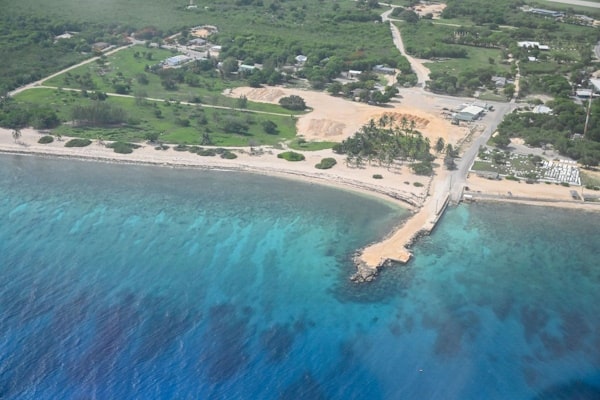





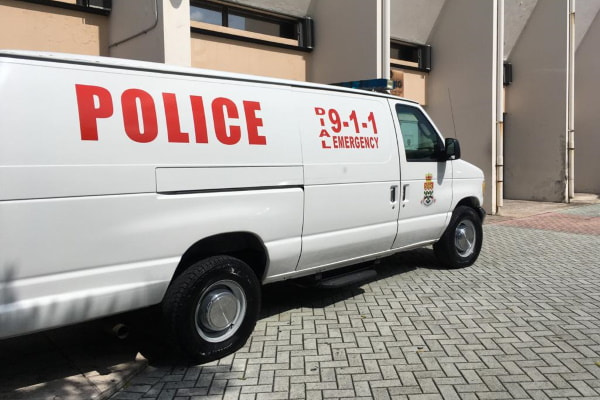
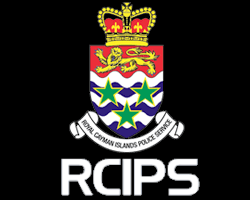






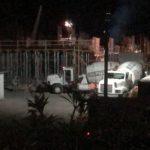


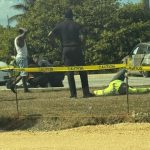




For safety and liability purposes, there shouldn’t be any large-guage explosive fireworks sold without an age-restricted permit, licensing fee to the government, and proof of event insurance and fire dept permission, with a signed acknowledgement of the CIAA rules and social obligations under the Towns and Community Law (which hasn’t been revised in decades to include our now prolific fireworks consumption).
Can we make drones illegal? My neighbors kid uses them every night. Flies them over my property with a camera and videos/takes pictures of what is happening in the backyards of the entire neighborhood. I feel that I no longer have privacy on my personal property anymore.
Plus the noise is annoying.
Is there anything I can do?
This should include all of the Tibbetts photographers with their drones that have photos of Cayman Airways planes on the airport! They are on face book so google this for proof that they do what they want and nothing is enforced. Rules are only for some people and we live near to them and see this every day.
Does the CIAA think that the public know what a nautical mile is?. I live just inside the 31/2 mile zone under the approach path so I suppose I will need to contact them before I let off a few $1 rockets on New Year’s Eve.True to form with these Government related entities we will soon hear of the appointment of a Chief Inspector of Fireworks displays and the always required Deputy Chief Inspector who performs all the duties of his boss so that the boss is only required to work when his deputy is on holiday.
When lives are at stake, its always better to be safe than sorry.
So one life here don’t worth the same as one in Hearhrow? I hope u r willing to sacrifice yours!
It’s people like YOU who would be up in arms if a nasty incident occurred because of any one of the mentioned threats in the article!! We humans sometimes have a tendency to not think things through, and yes it can be a pain sometimes to think of all the rules there are in this present time, but I for one am glad of them when it pertains to my safety and that of others! We don’t all have a knee jerk reaction when something we thought of as harmless and a bit of fun is pointed out to us as a potential hazard, that’s because we are all grown up now and realize that life is not always a bowl of cherries!! Hopefully Santa will bring you a bit of perspective and remove some of your petulance!! Ho! Ho! Ho!
seriously – I think these guys have too much time on their hands – I don’t think Heathrow gets as worked up as these guys do
it’s all a storm in a tea cup
one of those drones cause an airline plane to crash it will be one hell of a tea cup
They do actually. They have frequent near misses reported and issuing media releases.